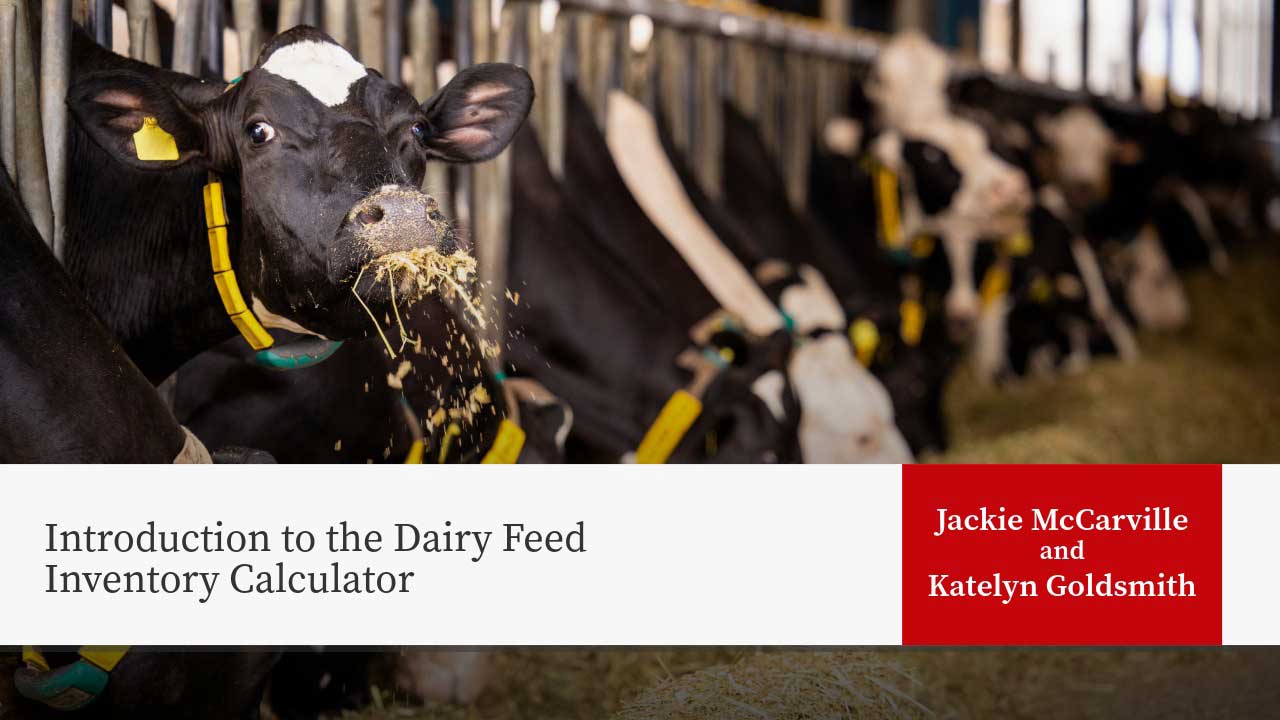
Introduction
Knowing how much feed you have on your farm at the end of the growing season is important to plan how much of each product you can feed and identify what additional feeds you may need to purchase. The UW-Madison Extension Dairy team created a spreadsheet calculator to help approximate harvested forage inventory and the forage needs for a dairy operation. The spreadsheet includes tabs for tracking feed inventory, determining feed inventory needs, and calculating estimated stored feed inventory based on storage structure (bag, bunker, pile, silo).
Feed Inventory
The Feed Inventory tab allows users to track and calculate their available forage inventory. Users need to enter a description, average weight, number of bales, and dry matter for their baled forages. A description, dry matter, tons in inventory (as fed) and storage loss should be entered for all forages and starch products (corn, earlage, and snaplage). After entering this information, the spreadsheet will calculate how many tons both as fed and dry matter of feed are available to feed. Estimates for storage losses can be found in the Introduction and Directions tab. Filling out this tab is essential to populate the feed needs tab.
Feed Needs
The Feed Needs tab uses ration information imputed by the user to calculate total pounds needed per day and tons needed. Users define each diet and enter the number of head for each diet along with the number of days expected to feed this diet. By clicking on the cells under each feed product, a drop-down menu will appear allowing the user to select one of their entered feeds from the feed inventory tab. After selecting the feed, enter the pounds (dry-matter basis) that will be fed. The spreadsheet will automatically pull information from the feed inventory tab to then calculate pounds needed per day, total tons needed, and how many days of inventory remain for that feed.
Calculator
The Calculator tabs are created for estimating feed inventory in storage structures including silage bags, bunker silos, silage piles, and tower silos. The user will enter information about the storage facilities and feed to calculate how many tons of feed each currently holds. We cannot attest to the accuracy of the measurements for use in sales transactions from information gathered by the calculator tabs.
Author

Jackie McCarville
Regional Dairy Educator – Jackie’s primary focus is dairy operations. She has experience in the private sector in animal nutrition and on dairy farms.

Katelyn Goldsmith
Dairy Outreach Specialist– In her role as a statewide Dairy Outreach Specialist, Katelyn connects research with practical farm management practices to create educational programming addressing the needs of Wisconsin dairy producers.


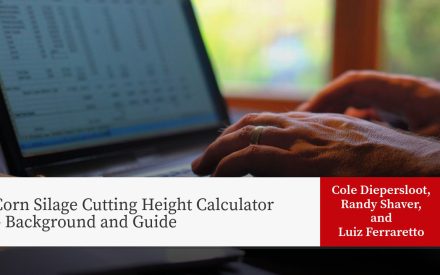 Corn Silage Cutting Height Calculator – Background and Guide
Corn Silage Cutting Height Calculator – Background and Guide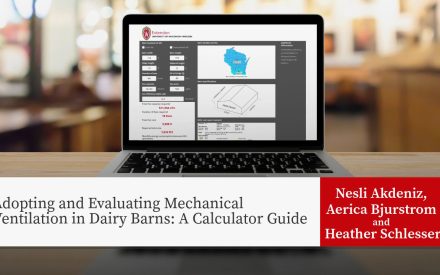 Adopting and Evaluating Mechanical Ventilation in Dairy Barns: A Calculator Guide
Adopting and Evaluating Mechanical Ventilation in Dairy Barns: A Calculator Guide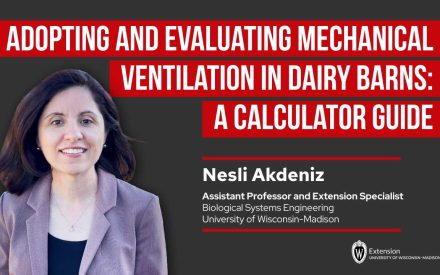 ▶️ Watch: Adopting and Evaluating Mechanical Ventilation in Dairy Barns: A Calculator Guide
▶️ Watch: Adopting and Evaluating Mechanical Ventilation in Dairy Barns: A Calculator Guide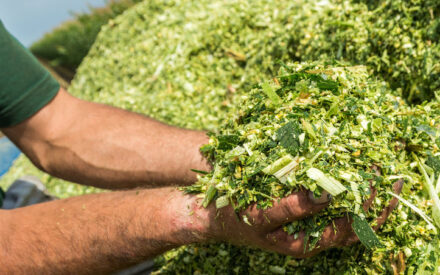 MILK2024 – Background and Guide
MILK2024 – Background and Guide